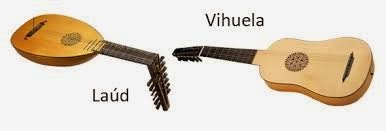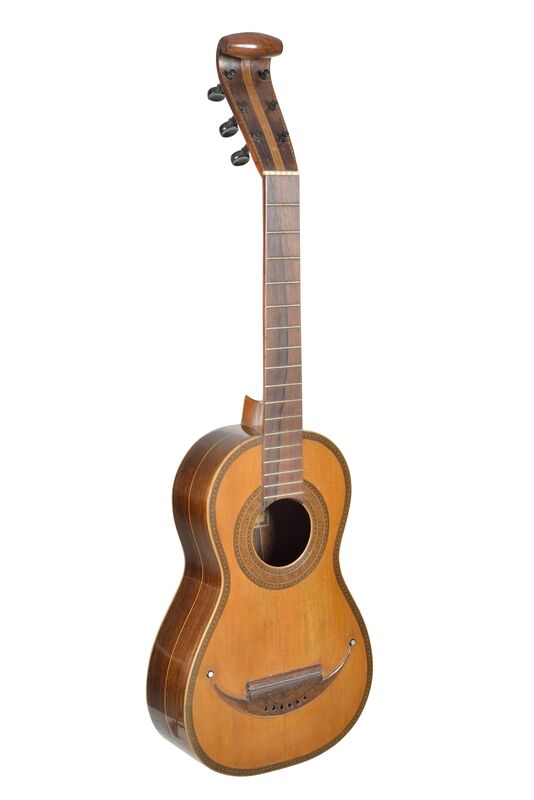WIND BAND and GUITAR, THE SPANISH STUDY PACK in ENGLISH
The target
The Spanish Study Pack is based on how Folk Music has influenced the development of the Spanish classical repertoire. Through the tradition of Music wind bands, folk songs (choir) and the Guitar, as the most representative instrument of Spanish music, we'll work scores by the most famous composers of th country, such as Manuel de Falla, Isaac Albéniz, Gerónimo Giménez or Joaquín Turina.
The basis on the interpretation of Spanish Music is established in the rhythm and correct accentuation combined with the lyricism of its evocative melodies. Dance and percussion workshops will help us to learn and enjoy on these issues.
Liitteet:
The windband musical tradition

In the field of education, they often represent the first contact of children and young people with music and musical instruments, since a large number of these groups have Music Schools so that new members can start in instrumental practice and in Musical Language.
Typically, there are three types of wind groups that function as bands:
-Cornet and drum bands: instrumental brass and percussion group, where the main melodic instrument is the cornet, usually in C-Reb. Trumpets, flugelhorns and even trombones, euphoniums and even tubas will always be the bass reinforcements. They are more related to the Holy Week processions in which the main image of the procession is that of Christ.
[HD] Stmo. Cristo de las Tres Caidas de Triana - A esta es - 10/10/2015 - YouTube
-Music Group: brass and percussion formation in which the trumpet has a preponderant role with respect to other instruments. They are more related to the Holy Week processions in which the main image of the procession is the Virgin.
[4K] La Esperanza de María | Concierto San Esteban | Virgen de los Reyes - YouTube
-Music Band: has the entire staff of wind and percussion instruments. As they are the most complete, they cover a wider repertoire, not only for Holy Week. They perform concerts of symphonic music, cinema, jazz, pasodobles, etc.
Concierto de Pasodobles de la BM Maestro Tejera en Tomares 2021 - YouTube
The Spanish guitar
The beginnings of the Spanish guitar date back more than 1000 years, with the appearance of the first chordophones (stringed instruments) whose "closest" relative is undoubtedly the well-known lute.
This instrument and its other versions dominated all of Renaissance Europe for their perfect counterpoint sounds, which became more accentuated as they found their home in Spain, where another brother of the lute and direct ancestor of the guitar, the vihuela, was born.

The vihuela gained unusual popularity in Spain to the point that by the sixteenth century there were already recognized virtuoso composers for this instrument.
Many of them began to make modifications to the vihuela by adding a fifth string, although others preferred to remove one from the vihuela.
In spite of everything, the fifth string prevailed and the vihuela began to transform little by little into something new.
And by the eighteenth century, changes in its body and number of strings were so well established (by this time the guitar had six strings) that learn-to-play manuals were very popular.
During the last years of the eighteenth century, one of the final changes in the Spanish guitar took place. Like the addition of harmonic rods, the adjustment of the neck width, and the increase of the soundboard, these remarkable changes were driven by the well-known Antonio Torres.
And it is thanks to him that we can say that the guitar reached the perfection it has today. Torres is also credited with inventing many other "modern" variants of the guitar.
The Spanish guitar is an emblematic musical instrument that has been used in different musical genres around the world. From classical music to flamenco, the Spanish guitar has been an indispensable tool in the creation and performance of musical pieces of great beauty and emotion.